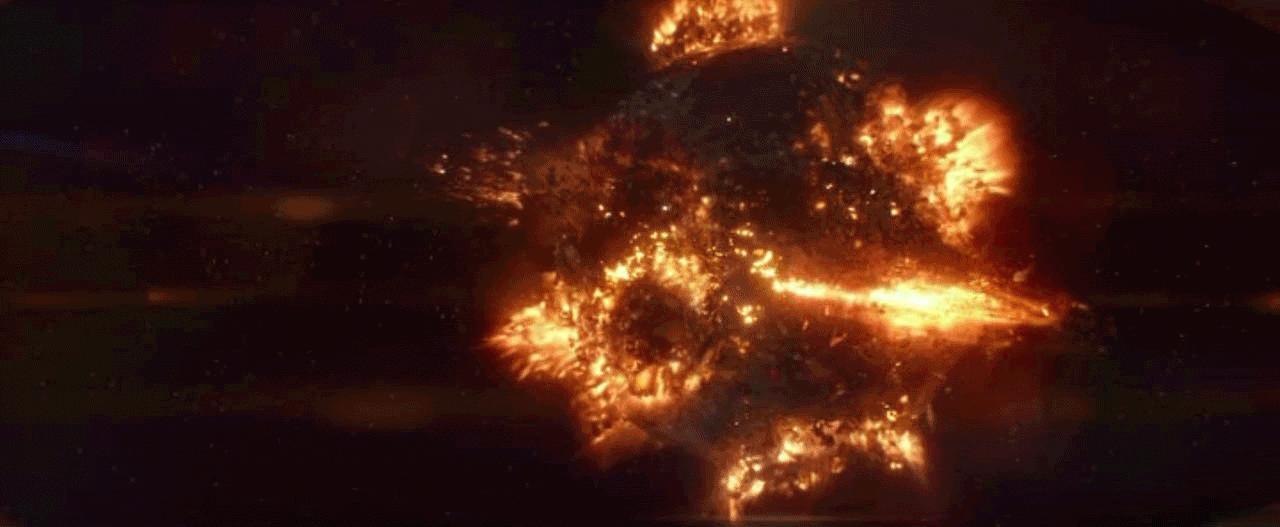

But instead of sinking themselves, they shoot out radially, moving straight ahead over the surface of the film until they, themselves, evaporate. As a result of these combined forces, smaller droplets eventually start disengaging from the edge of the larger droplet. Within a few seconds, the droplet is at once floating, rotating and evaporating. And that triggers the rotation of the drop that we begin to see." "The water has a tendency to start to rotate and twist. "It’s a little bit like when you flush a toilet," Steinbock said. The falling DCM jet slowly shrinks the droplet's volume, but also causes it to spin.

It's not visible from the top-down vantage point of this GIF however, a tiny jet of falling bubbles forms underneath the droplet once it touches the water. "But instead, as soon as it touches the water, part of it spreads out and creates this sort of film that holds the droplet on the surface of the water… it’s like a boat that holds the droplet afloat.” (Though the DCM film is not visible in the viral GIF above, you can see it clearly in several other videos of the experiment that Steinbock posted to YouTube.)ĭespite this boat-like film, a small part of the droplet does begin to sink. "DCM has a higher density than water, so you'd expect it to sink right away," Steinbock told Live Science. But the surprises began when the droplets touched the soapy water solution. Each drop of DCM, which has a relatively low boiling point, began evaporating as soon as it left the pipette.


 0 kommentar(er)
0 kommentar(er)
